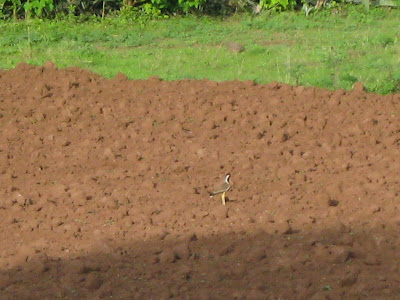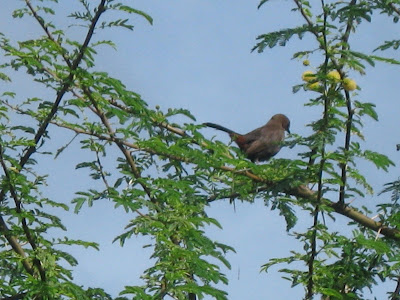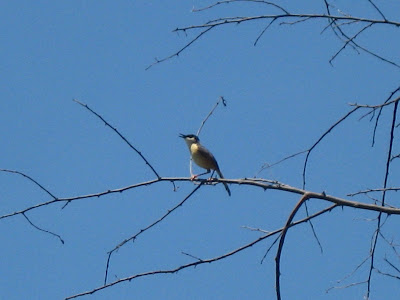The year was 1290 . A crowd had gathered around a clearing, where broken down pillars marked the presence of an ancient temple, now long gone. A young boy, just 14 years old, leaned against one of those pillars, deep in thought. Then, he began speaking, and the crowd fell silent, listening to his every word. He spoke without any notes, translating the Bhagavat Gita, from Sanskrit, which only the pundits knew, to the language everyone in the village knew and spoke – a variety of Prakrit which developed into the Marathi language. Even as he spoke, one of the men in the audience realized how momentous this event was, and how important this composition would be. He began writing down the words the young boy spoke, and this composition was named by its author and composer, the Bhavartha Deepika – the enlightening meaning (of the Bhagavat Gita). Now, the ancient, holy text, was no longer restricted to the pundits, but accessible to all, understood easily by them, composed as it was, in their...
While peacocks did grab the eyeballs on our trip to Morachi Chincholi, there were plenty of other birds around as well. A tree near us was full of birds we thought were sparrows - till a yellow pair joined the lot! I tried to grab a pic, and only when I took a closer look did I realise that the other small birds werent sparrows at all, but some other small birds.....
A look at the bird book made me think that the yellow one was a Baya Weaver, but I had no clue to the others. Finally I decided to ask for expert opinion, and asked a friend, who pointed out that there wasn't just a male baya weaver in the pic, but also a female (which I hadn't noticed), and that the other small birds were Indian Silverbills, also called White-throated Munias. Thanks so much, Adesh, for the identification!
How many of you noticed the female weaver bird to the left of the group?
It wasn't really surprising to see these birds, considering what we saw in an old, disused well on the farm -
So many weaver bird nests in one place! I don't know enough about these birds to tell you if these nests are old or being used, but they did look old, and there weren't any birds around..... so I guess these are abandoned ones....
Here's one up close....
How beautifully made, isn't it??
We also saw a couple of Lapwings on the fields, vying with the peacocks for our attention.....
Here's one
It looks like a Yellow Wattled Lapwing, from the pic in the bird book. But can anyone confirm this?
Here are a pair of robins - most probably Indian Robins.... There were so many of these around, but these were the only decent ones I could manage....
Here is another bird - no idea what it is....I feel the pic isnt good enough for a positive id... any ideas, though???
Update: This bird is a Ashy Prinia, also called Ashy Wren Warbler. Thanks Parag, for the identification!
Not bad, wouldn't you say, for amateur birdwatchers who hadn't even planned to do any birdwatching?
Here's one
It looks like a Yellow Wattled Lapwing, from the pic in the bird book. But can anyone confirm this?
Here are a pair of robins - most probably Indian Robins.... There were so many of these around, but these were the only decent ones I could manage....
Here is another bird - no idea what it is....I feel the pic isnt good enough for a positive id... any ideas, though???
Update: This bird is a Ashy Prinia, also called Ashy Wren Warbler. Thanks Parag, for the identification!
Not bad, wouldn't you say, for amateur birdwatchers who hadn't even planned to do any birdwatching?








Totally awesome. You seem to be seeing nature in all its richness. The weaver-nests are amazing. So many in one place is such a rich haul.
ReplyDeleteThe lapwing is a red wattled lapwing. The robin on the ground is a male Indian robin. The one on the trees is a female Indian robin. In your 1st picture, you can clearly make out the female baya weaver on the LHS.
The final one...am not so sure.
Anu - I think it is time you finally make the move to the DSLR world. That way you can do justice to these amazing birds that seem to give you darshan every day :-)
I was wondering what their names were. I'll note them down
ReplyDeleteHey! I was hoping to see comments where ppl had identified th birds. I frequently see some of those brown bird near my place and on campus. Do let me know if you get to know the names of these birds!
ReplyDeleteLovely pics.. Absolute bird watching...
ReplyDelete@Sankara: thanks so much! I am planning to buy a DSLR by the end of this year... let see how things work out......
ReplyDelete@Winnie: oh yes... do that... will help you for next time...
@Usha: actually, there seemed to be some problem with the comments which is why they were not visible... i really thought of you there when we saw all those birds...and when i came back and noticed that the small ones werent sparrows, I remembered Adesh telling us at Sewri that if we looked only at the colours, all brown birds would be sparrows! remember???
@Shilpa: thanks!! you should do that sometime and then we can see the kind of birds u get to see there!
The nests above the disused well is awesome....
ReplyDeleteThe last pic is of Ashy Prinia, also called as Ashy Wren-Warbler.
ReplyDeletethanks so much, Parag! I will update the blog with the name soon.
ReplyDeletemust have been fun!
ReplyDelete